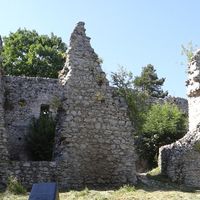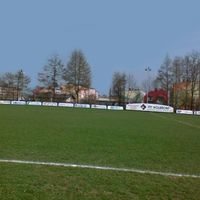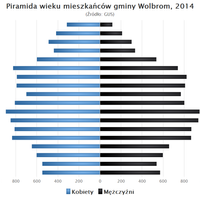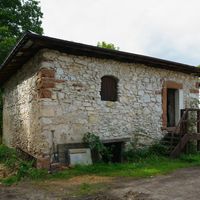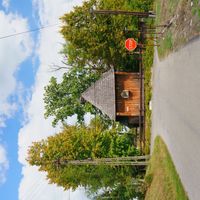Olkusz County
7.11
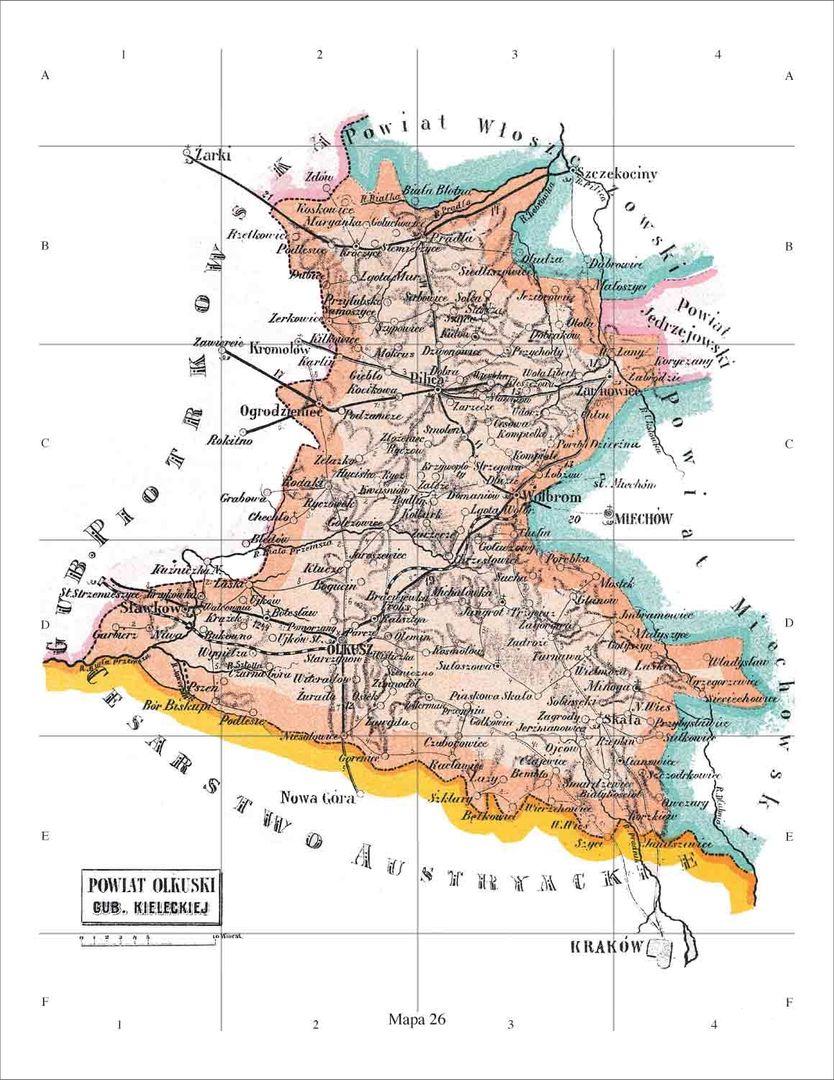
Overview
Olkuski County, located in the Lesser Poland Voivodeship, is characterized by its rich history and religious diversity. The area is home to Catholic, Polish Catholic, and a significant community of Jehovah's Witnesses, as well as other smaller religious groups such as Pentecostals and Seventh-day Adventists. The history of the county dates back to 1810, when it was established as an administrative unit of the Kraków Department in the Duchy of Warsaw. Over the years, the county underwent numerous administrative changes, including its dissolution in 1975 and subsequent restoration in 1999 in a new form. Geographically, the county is situated in the western part of the Kraków-Częstochowa Upland and includes the Eagle Nests Landscape Park, a popular tourist and hiking destination known for its picturesque castle ruins and beautiful landscapes, including the Błędów Desert. Olkuski County also stands out for its unique architectural landmarks, including historic churches and mining-related structures. It is worth noting the various stages of its development, linked to the extraction of calamine ore after 1816, which influenced the social and economic growth of the region. An interesting historical detail involves the changes to place names during World War II, when many Polish names were Germanized, although the planned alterations were never fully implemented. Demographically, according to 2020 data, the county was inhabited by nearly 111,000 people, and its administrative structure includes urban and rural municipalities. Olkuski County is a place where history and culture intertwine with natural beauty, making it an attractive region for both tourists and residents.
Location
2025 Wizytor | All Rights Reserved



